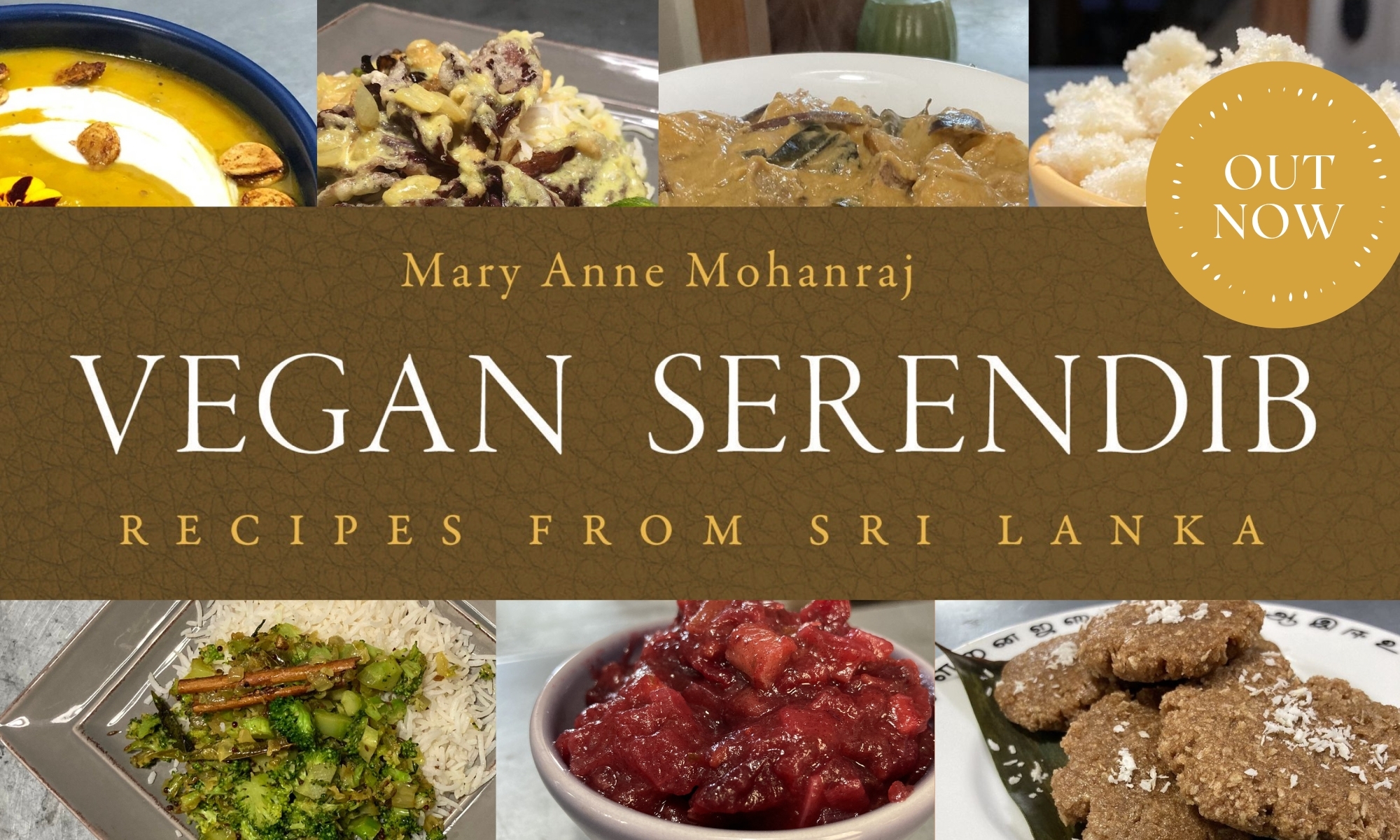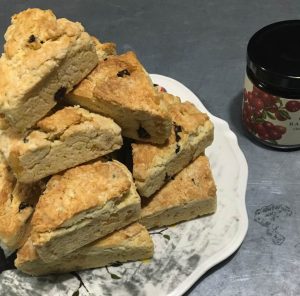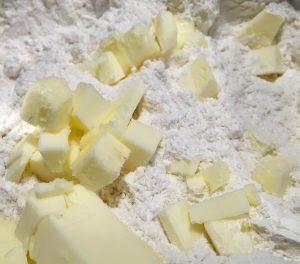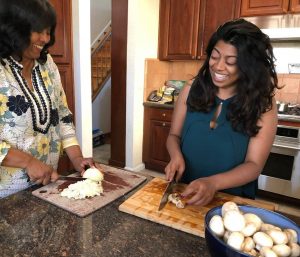A few last party pics. Thanks to everyone who came out last night, and all those who pre-ordered the book! You made it possible.
Special shout-out to Mythri Jega, who brought delicious parippu to share at dinner last night (it was perfect!), and whose father, Kanagaratnam Jegathesan, is one of my father’s best friends. Jega Uncle has been a tremendous supporter of mine for decades, buying my books and giving away copies to friends. Their family include some of the best, sweetest people I know, and it was an utter delight having Mythri, whom I haven’t seen since my sister’s wedding (!), at my party last night.
Mythri has been doing incredible research as an anthropologist in Sri Lanka, working with the hill country Tamil plantation workers, doing ethnographic study of their labor and the structural challenges to their hopes of better lives for themselves and their children.
I want to share with you a little of the preface from her own brand-new book, _Tea and Solidarity_. This preface isn’t easy reading — it’s grim material, but as much as I want to celebrate Sri Lanka and its food, the truth of the matter is that at least for now, the shadows of the decades of conflict still hang heavy over the island and its diaspora. I can’t write about Sri Lanka without those ghosts in the background, and every day, the people of Sri Lanka must live with the ongoing consequences of the war.
*****
“May 19, 2009. Delmon’s Hospital. Wellawatte, Colombo. I was waiting to see my great uncle who had suffered from a stroke the month before. As I sat with my aunt in the lobby, the Sinhala telegram playing on the government-run television channel, Swarnavahini, cut abruptly for breaking news. Doctors, nurses, patients, and visitors momentarily forgot their social hierarchies and crowded together below the mounted television, their eyes fixed on the moving image. The initial recording, released by Sri Lankan security forces, lasted approximately fifteen seconds but had been looped to give the appearance of continual footage…
The screen filled with the image of a man’s corpse. Its eyes were wide open, its body bloated, stiff, and stained with blood, looking as surprised as all of us watching. A blue handkerchief covered what appeared to be a severe trauma to the front of its head and separated the brown-skinned body from the color swatch of green lagoon-like grass, which was later confirmed to be Nanthikadal Lagoon in Sr Lanka’s northeast Mullaitivu district. In the island’s North and East, Sri Lankan security forces and the Liberation Tigers of Tamil Eelam (LTTE) had been fighting intensely since the 2002 ceasefire agreement (CFA) between both parties. The 2002 CFA had temporarily halted fighting between both parties that formally began in in 1983, but in December 2005 it officially broke down and fighting had resumed. On the television screen, soldiers milling around the body were smiling, talking quickly, and making out their cell phones to capture images of the corpse’s pruned flesh and bloodstained fatigues. In the commotion, one soldier check ro a pulse by grabbing the right inner wrist of the lifeless body, which had already been laid down on its back with the hands touching each other on a white sheeted carrier for the dead. Another soldier brushed away a fly, which had landed on the corpse’s chin.”
The corpse was that of Velupillai Prabhakaran, leader of the LTTE. Rising to power in the 1970s, the LTTE fought the Sri Lankan government for nearly three decades, aiming to establish a separate state for Sri Lankan Tamils living in the island’s North and East. Prabhakaran’s death had made official the end of Sri Lanka’s twenty-six-year civil war. Hours after the government of Sri Lanka’s military victory, then-president Mahinda Rajapaksa gave a speech to members of Parliament: ‘We have removed the word minorities from our vocabulary. No longer are the Tamils, Muslims, Burghers, Malays and any other minorities. There are only two people in this country. One is the people that love this country. The other comprises the small groups that have no love for the land of their birth. Those who do not love the country are now a lesser group.’
Celebrations of military victory fueled nationalist euphoria in the weeks to follow, but as I carried out my anthropological research in Sri Lanka’s Hill Country in the immediate aftermath of the war I observed that minorities were anxious about their futures in the country. When would the state of emergency, constant surveillance, and militarization of civil society cease? Would demands for patriotism deny expressions of cultural difference, struggles for equal rights, and spaces for political dissent Is the love of one’s country o the art of politics, for that matter, so simple? What is the fate of minorities whose obligation to and love of their home are complicated and entangled in histories of oppression, trauma and loss?”
*****
From that initial framing, Mythri moves on to the story of a woman who has recently died, a woman who was incarcerated by the government for nineteen years until she died in prison, charged with providing passage and shelter to LTTE cadres. It’s a powerful story, and serves to introduce a host of concerns and questions that, while specific to Sri Lanka, also carry implications for all of us, I think, in this complicated, troubled world.
I’ve just finished the preface and introduction, and am moving into the body of the book — I’m learning so much in the process. It’s a little academic, I admit, but I think very readable nonetheless, and I recommend it to you!
#serendibkitchen
![]() At this point, I think it’s simplest if we just figure out payment / delivery via comments, so let me know here if you’re interested, please! (Happy to also sell you copies of The Stars Change or Perennial.)
At this point, I think it’s simplest if we just figure out payment / delivery via comments, so let me know here if you’re interested, please! (Happy to also sell you copies of The Stars Change or Perennial.)








































